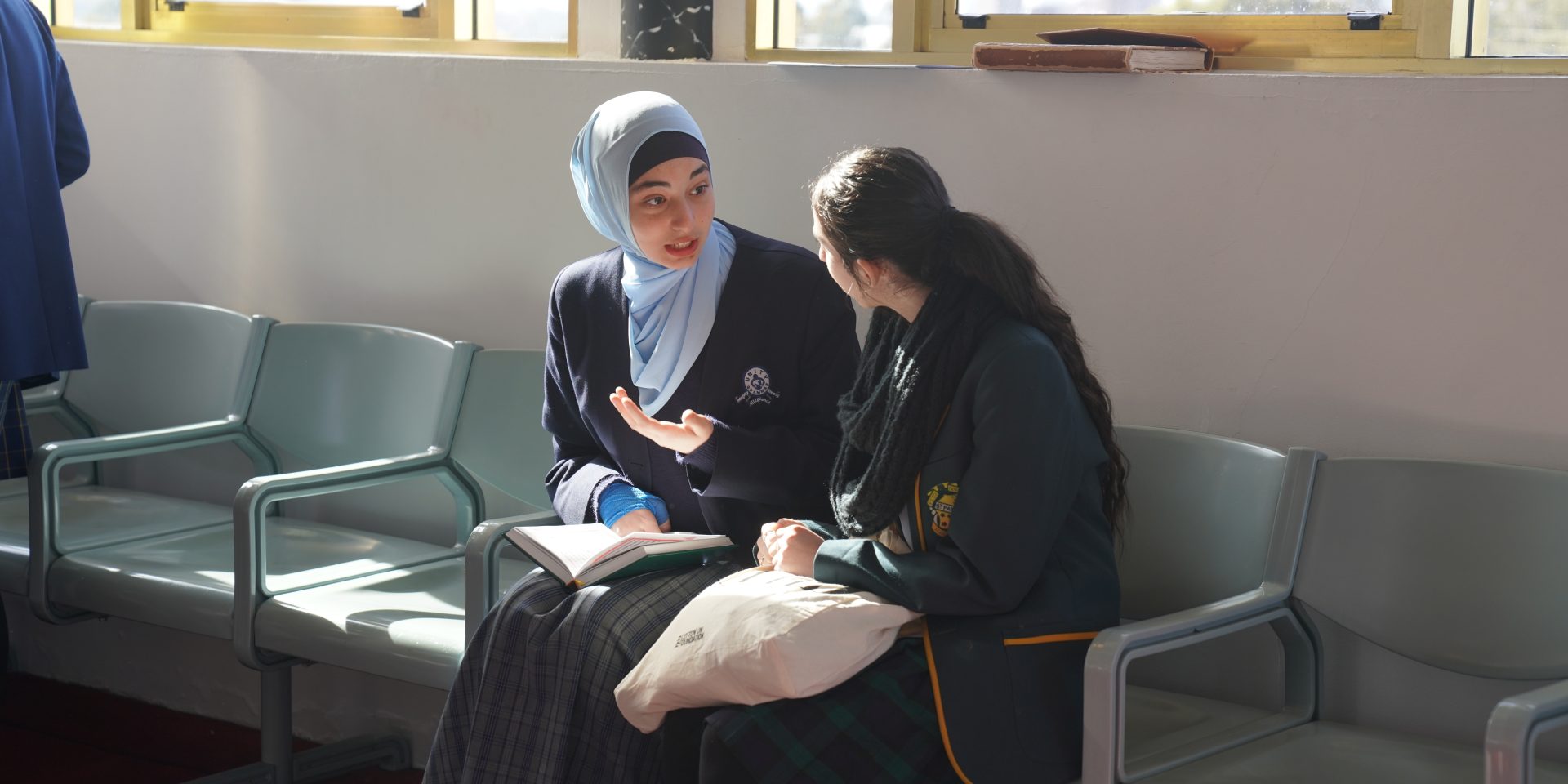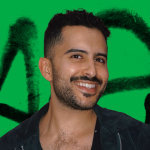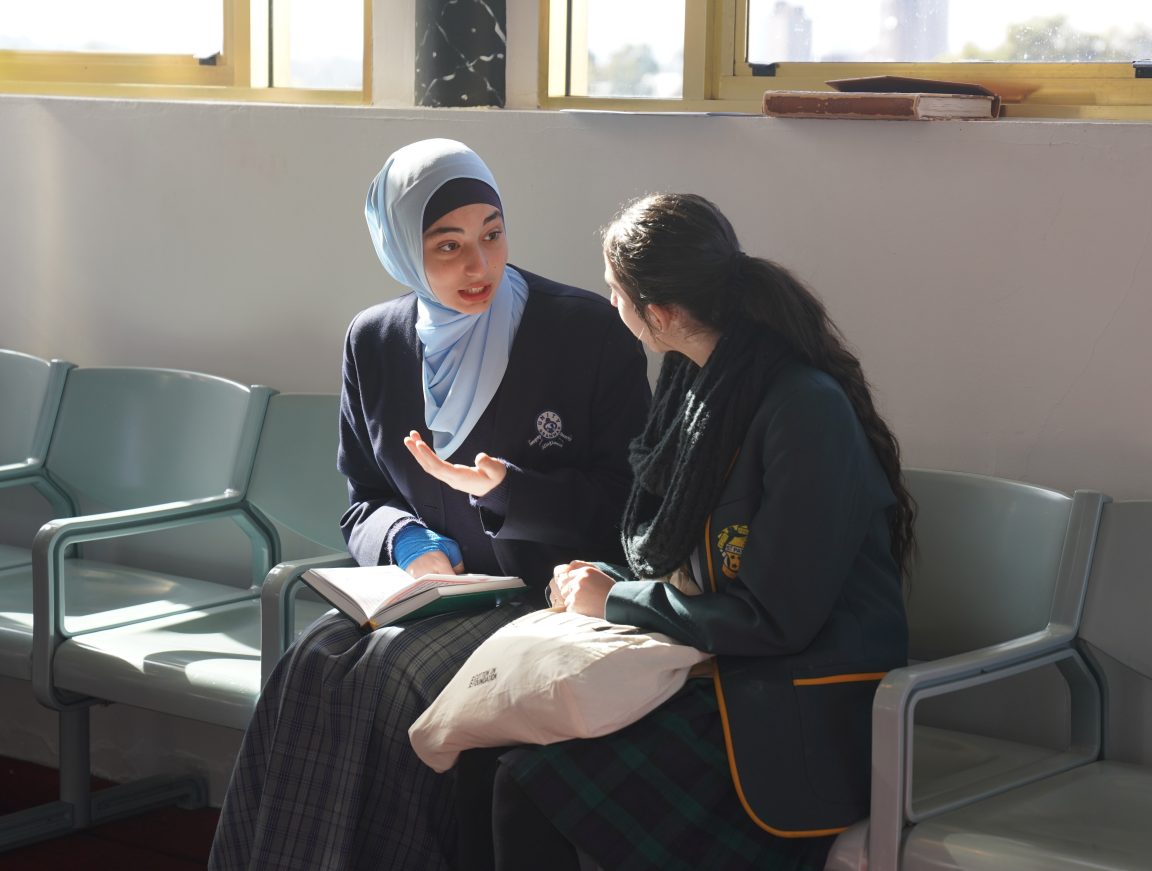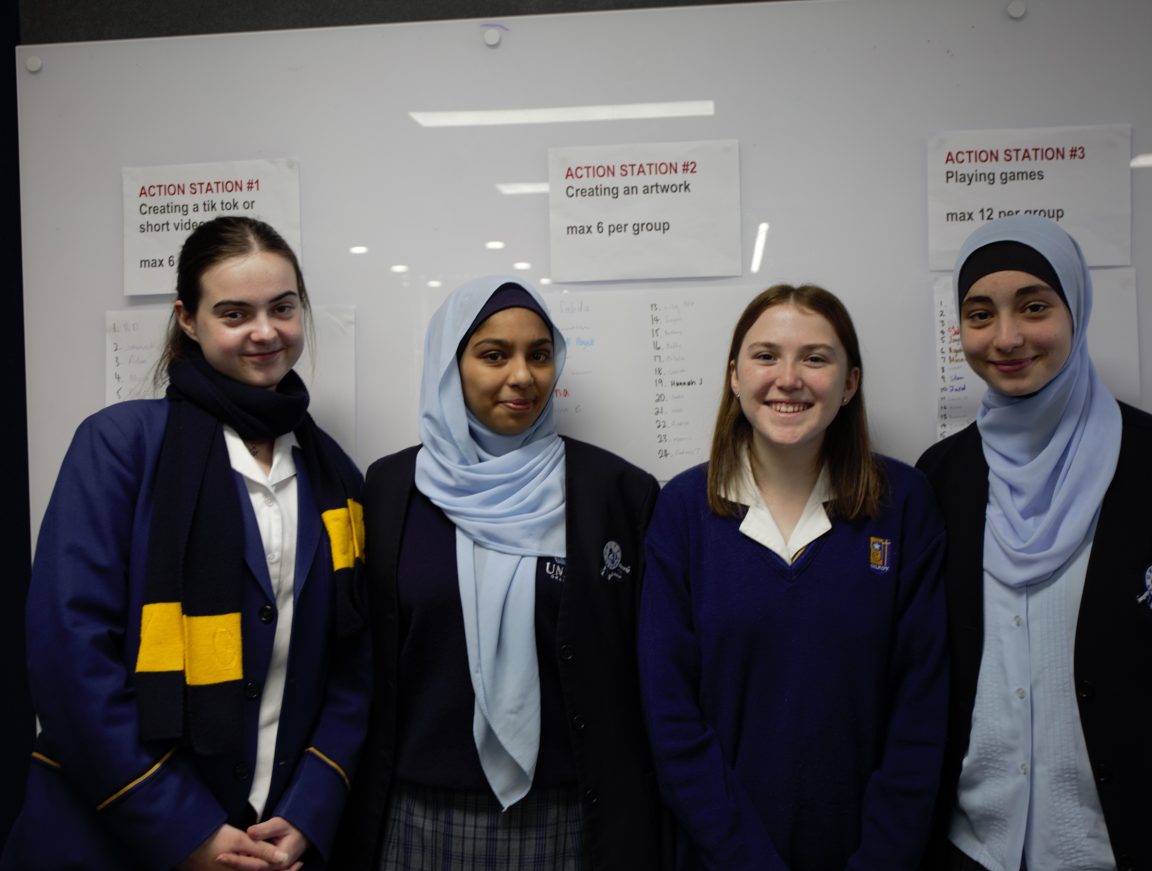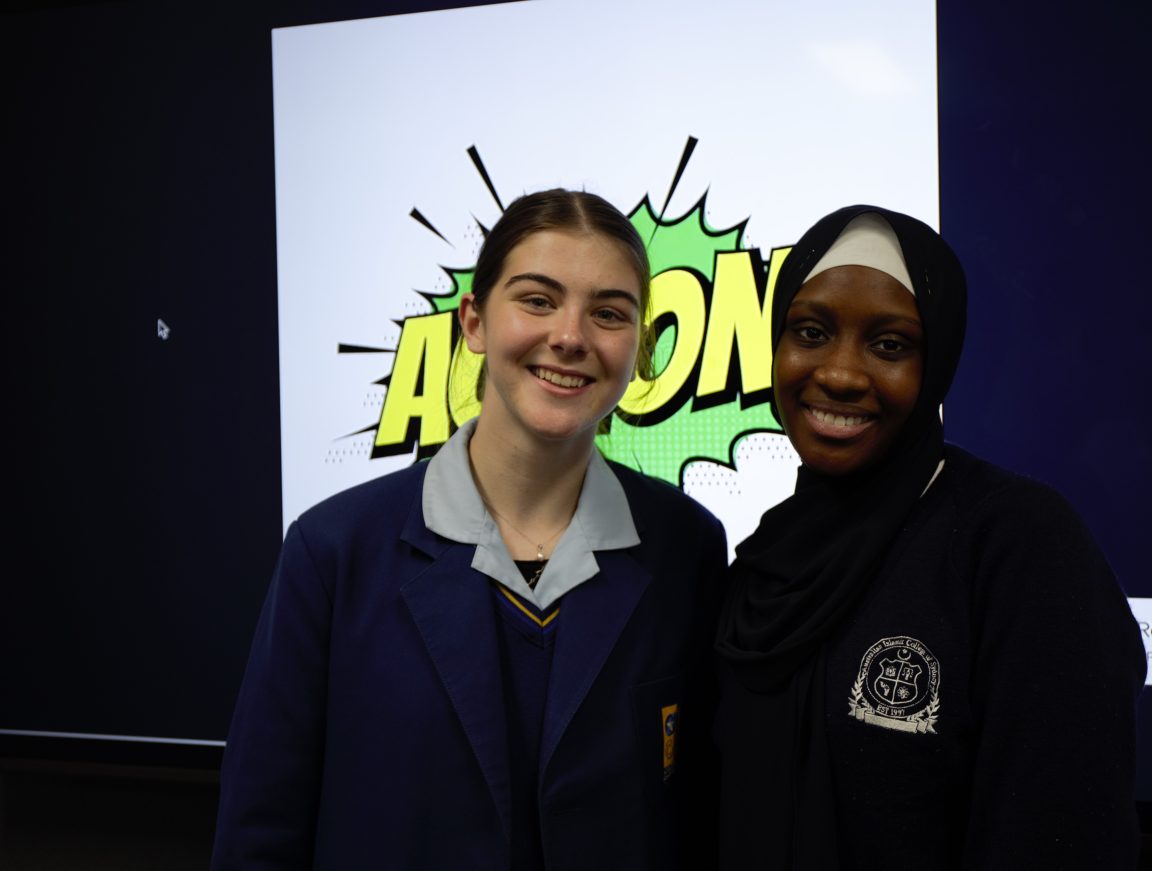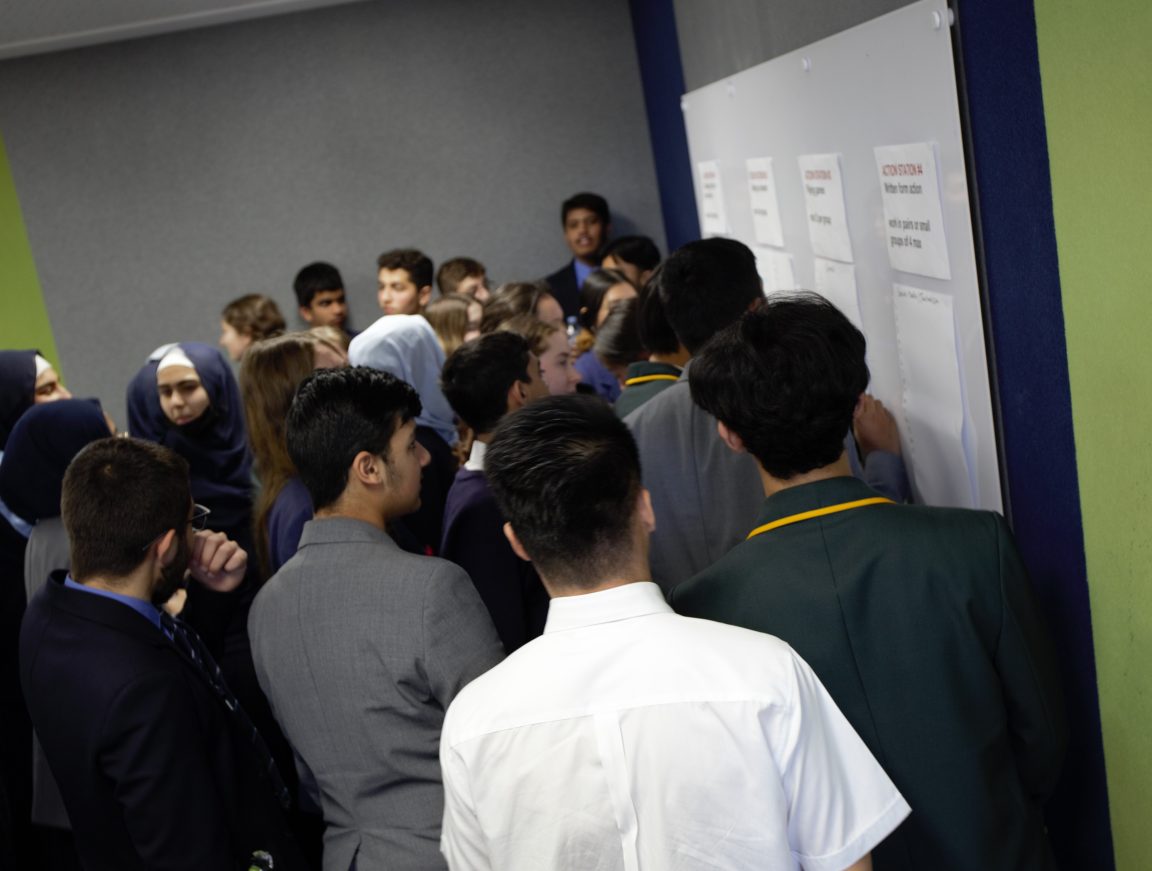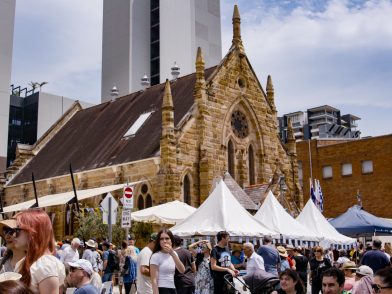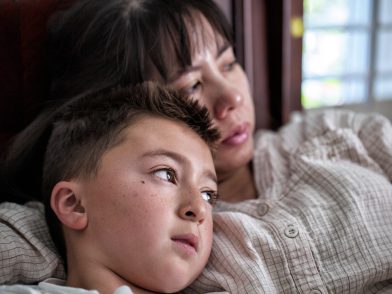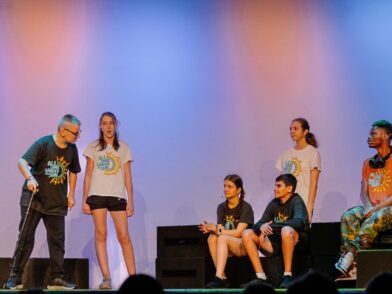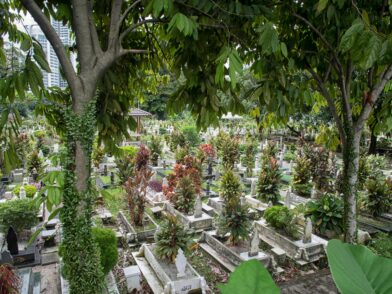In a classroom at Gilroy Catholic College, Castle Hill, Christian and Muslim high school students from across Western Sydney are getting to know each other. The conversations going on in the room are stimulating, energetic, honest, loud. There’s lots of laughter.
This is the Interfaith Encounters program in action, and it is happening in Catholic and Islamic schools across Sydney.
“I’m not very religious and I assumed you’d want to have a religious background to lead this program. I had my own transformation with this program.”
What is the Catholic Mission Interfaith Encounters learning program?
Catherine Towiro, the program’s coordinator, came to the job as a self-described secular humanist.
“I’m not very religious and I assumed you’d want to have a religious background to lead this program,” Catherine said.
“I had my own transformation with this program. If you asked me before I was asked to run this program I would have answered, ‘what’s the big deal?’ I’d have said, gender, race and all these other issues are more important.”
That all changed when Catherine saw the earnest devotion of the students from the eight religious schools participating in the program.
“We did this one activity where we put up categories on the wall: gender, age, nationality, religion, language. All the students at Muslim schools ran to the religion wall,” Catherine said.
“For many of these young people, religion is one of the things that dominates their lives.”
Most people in Australia identify as having some form of religious affiliation, although the number is declining. The 2021 Census showed a significant increase in the number of people who do not affiliate with a religion – 30.1% in 2016 to 38.9% in 2021 – although many of those people may still hold other spiritual beliefs. New South Wales is more religious that the Australian average, with 33.2% of people in this state identifying as having no religious affiliation in 2021.
Non-government religious schools meet a demand from faith-based communities for education that aligns with their religious values. But they can also limit opportunities for students to engage with young people of different faiths, which is a skillset everyone needs to live in a multifaith society.
“They accepted us for who we were and we accepted them.”
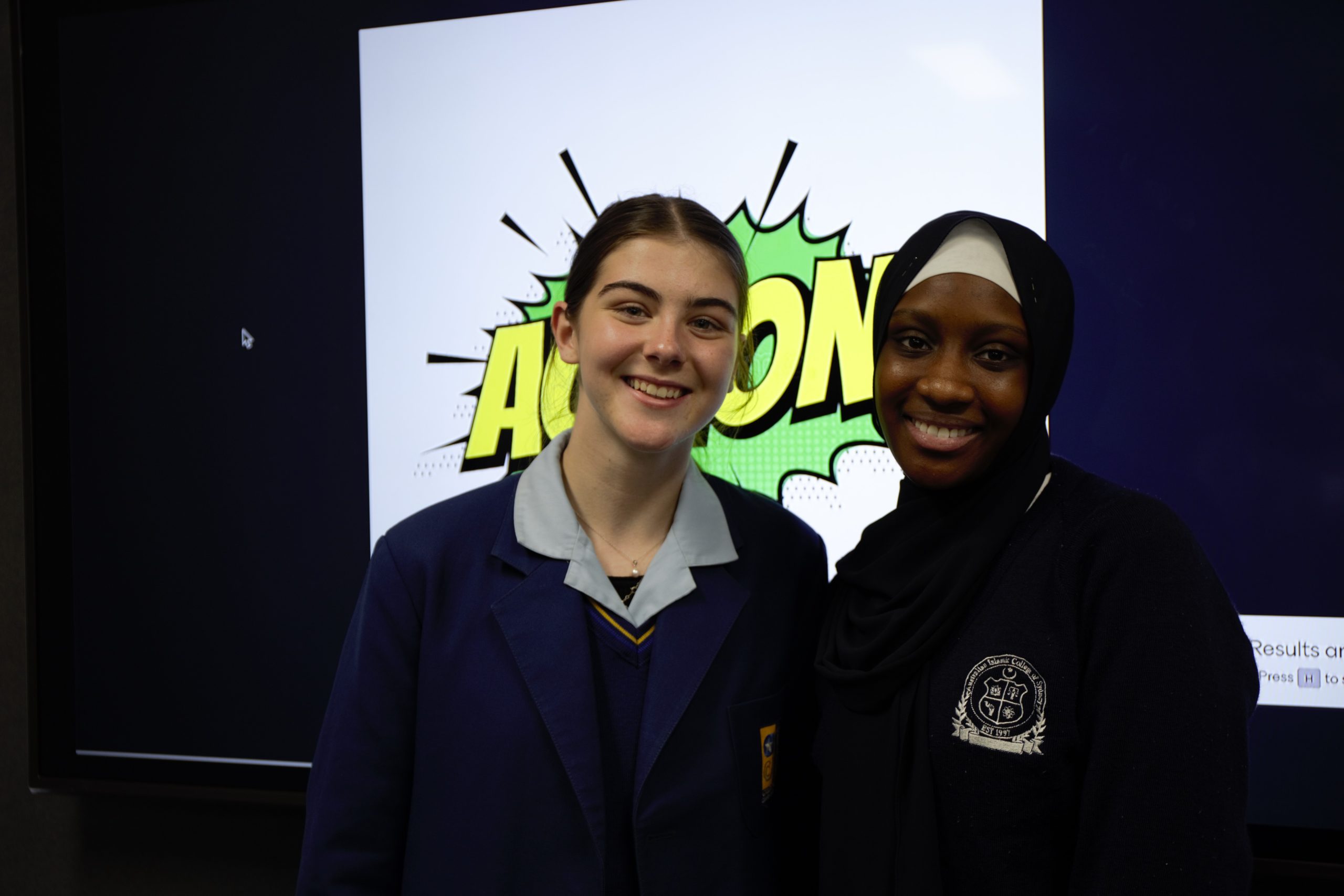
Aimed at Year 10 and 11 students, the Interfaith Encounters program offers experiential learning by bringing together students from different faith and cultural backgrounds and providing a space for inclusive, respectful and mutual learning. Throughout the school year, the students enjoy immersive learning activities that encourage them to engage deeply with students from faith communities they might not normally have the chance to meet.
The program adopts a ‘critical consciousness’ method pioneered by Brazilian Catholic thinker, Paulo Freire, Catherine explained. The method aims to enable people to create change in their own lives, rather than depending on the intervention of others, such as authority figures and institutions. In school learning environments that often reward the accumulation of knowledge, Freire’s approach emphasises human connections.
“When you ask what’s the right or wrong way, I don’t exactly know,” Catherine says of the approach. “But that’s what Interfaith Encounters is about. None of us knows, it’s the process of inquiry. We try to create a space of encounter.”
At Gilroy College, the session begins with an Acknowledgement of Country followed by a recitation of the Quran and a Catholic prayer. Students brainstorm different perspectives on faith and journal their discussions on butcher’s paper with markers, paint, or whatever creative tools are at hand. They enjoy lunch together, play sports together, take and share selfies with each other, and stay in touch long after the experience is over. The five-day program, delivered over the course of a semester, includes joint school excursions to places of worship such as St Patrick’s Cathedral in Parramatta and Auburn Gallipoli Mosque.
Sara-Maree Wakim, a Year 11 student of Lebanese Christian heritage from St Patrick’s College, was glad the program didn’t shy away from tackling tough topics like racism and prejudice.
“The first time Unity Grammar came to our school, they got some looks from our students,” Sara-Maree said.
“I noticed that they were all so respectful and calm compared to the rowdiness of my school. They were so relaxed in prayer and really understanding what was going on around them.”
Sara-Maree explains that this encounter led to a real sense of understanding between the students.
“They accepted us for who we were, and we accepted them.”
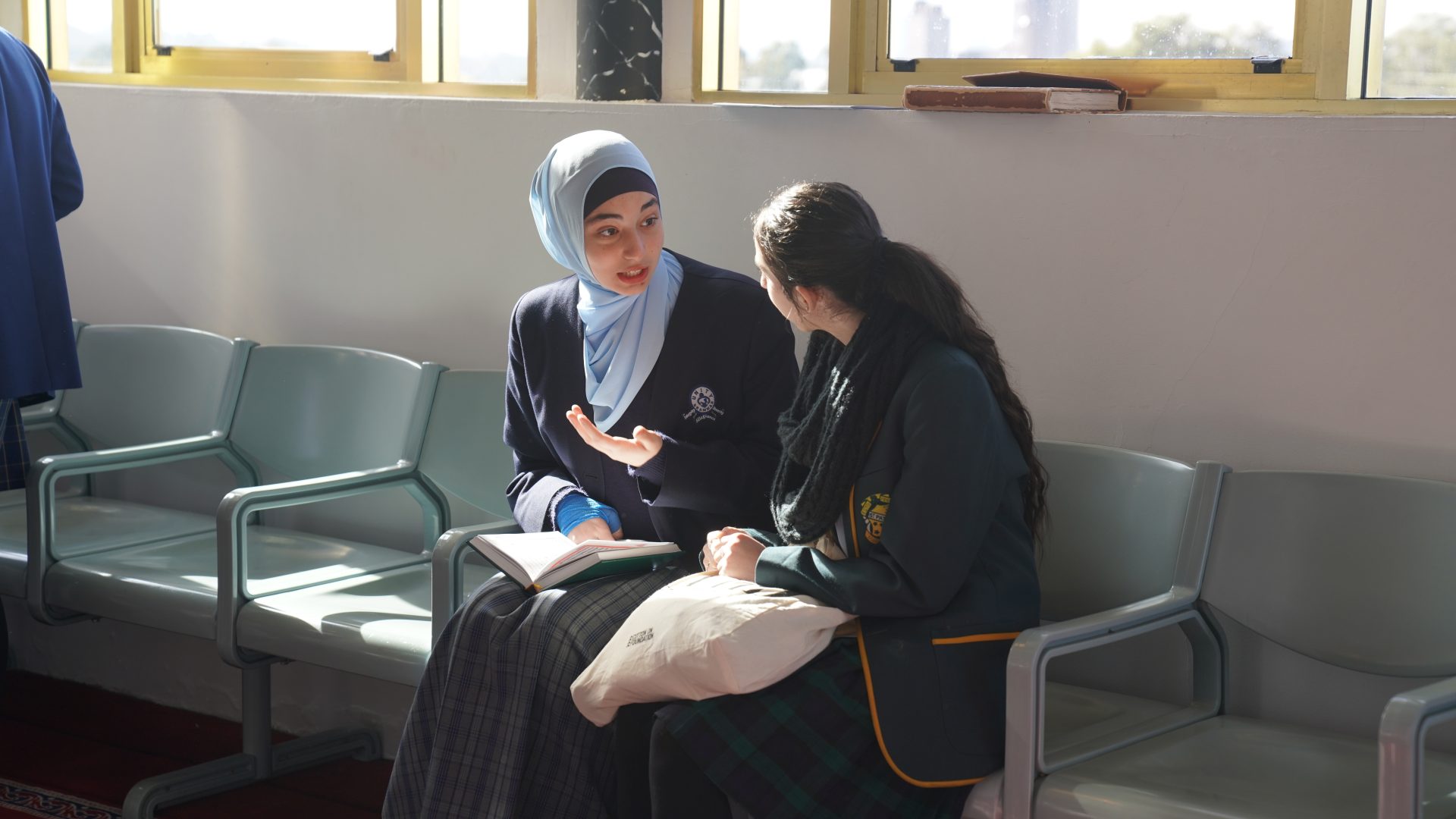
“Their religions might be different, but they found the common interests they share, and they looked so happy throughout the program.”
What students are saying
Semra Saltik, a religion and values teacher at Amity High School, an Islamic school in Prestons, saw new connections and friendships formed through the program.
“There were two girls who clicked instantly the moment they saw each other. It was so amazing to see how their friendship improved every session.
“Their religions might be different, but they found the common interests they share, and they looked so happy throughout the program,” Semra Saltik said.
“I am sure they will continue their friendship for years. Such friendships during the program made me so inspired about how important it is to have environments for students to… focus on the beauty of unity in diversity.”
Malik Zoabi, a Year 11 student at Unity Grammar, wants other young people to take up the Interfaith Encounters challenge.
“My message for other students is to try new things and don’t be afraid to socialise. Once you socialise with other people, you’ll find the group you associate with and become more of a whole person,” Malik said.

